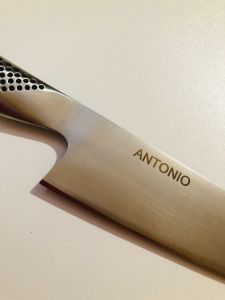Language
WORLDWIDE SHIPPING
Nakiri knife cm. 18 Kataoka line by Tamahagane
€172.00
€140.98
Availability:
In stock
Nakiri knife with blade length cm. 18 of the Kataoka Line, Tamahagane brand is built by the Japanese company Kataoka from Niigata in Japan. The Nakiri knife is a Japanese-style vegetable knife that resembles a smaller, thinner version of a meat cleaver. Featuring a wide rectangular shape with a very sharp edge, the Nakiri knife is the best tool for cutting large vegetables such as eggplants and pumpkins. The Nakiri knife shape design and straight edge allow for great ease of cutting, without the need to swing the knife back and forth, with a single stroke through the vegetable to the table.
The 18 cm San Mai blade with VG-5 core with a hardness of 61 HRC, the external part is made of SUS410 steel with Rockwell Hardness 58. There are three layers of steel that give resistance and cutting to the product. The forged blade /Tsuchime/ is engraved and its surface creates a beautiful satin effect. The elegant handle is made of stabilized pakka wood. The construction of this sheet blade is achieved by compression of the two steels. The raw material of 3 layers of total thickness 20.0mm is brought to a thinner thickness of 2.0mm to 2.9mm with repeated rolling processes.
Type: Nakiri Knife
Blade length: 18cm
Handle material: Black Pakkawood
Blade: Shammed 3-ply special steel
Delivery time: 5-7 days
FAQs

 IT
IT FR
FR
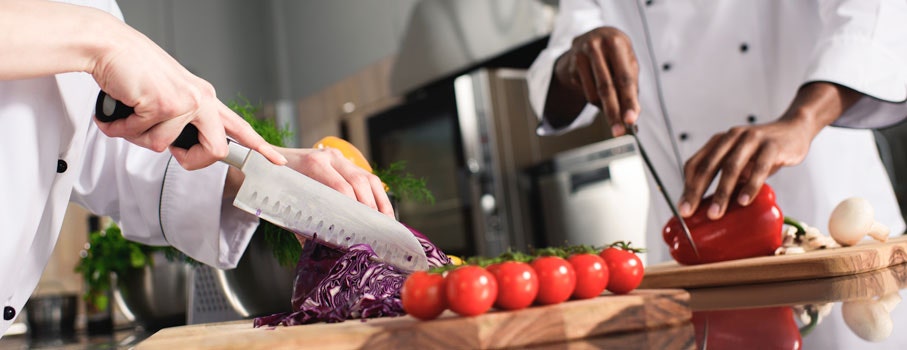
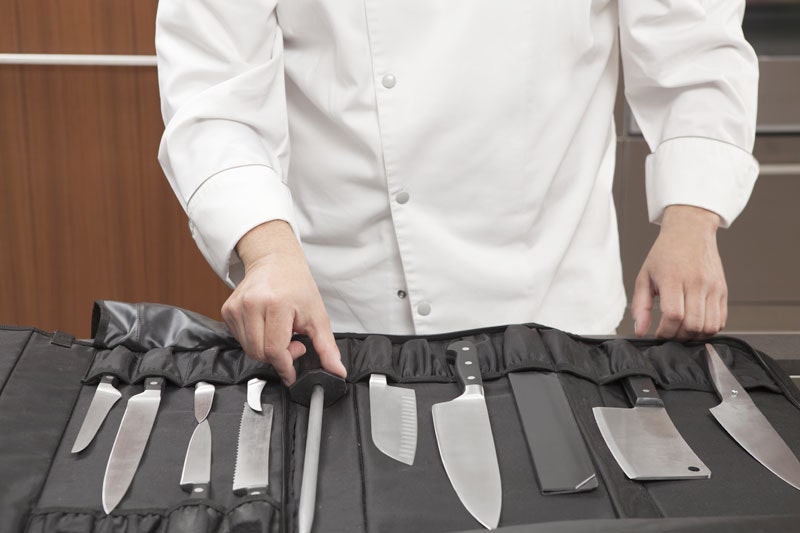
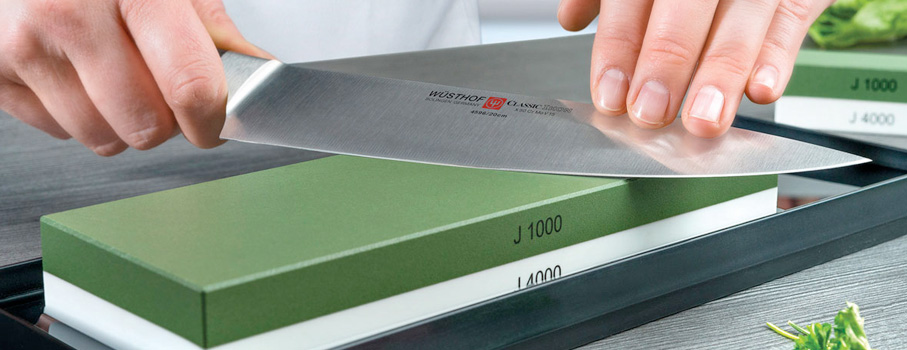
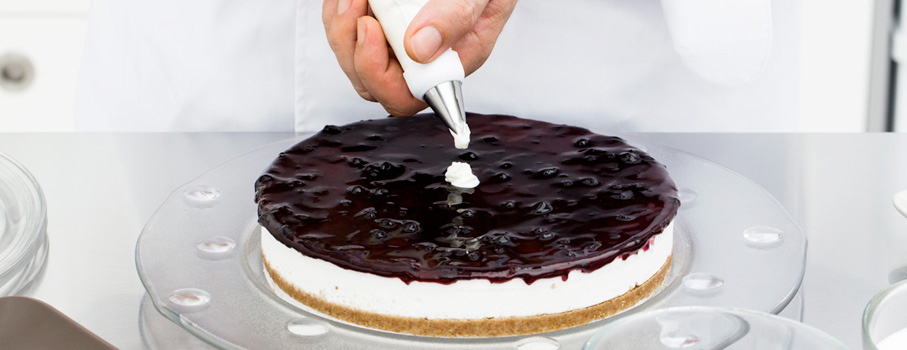

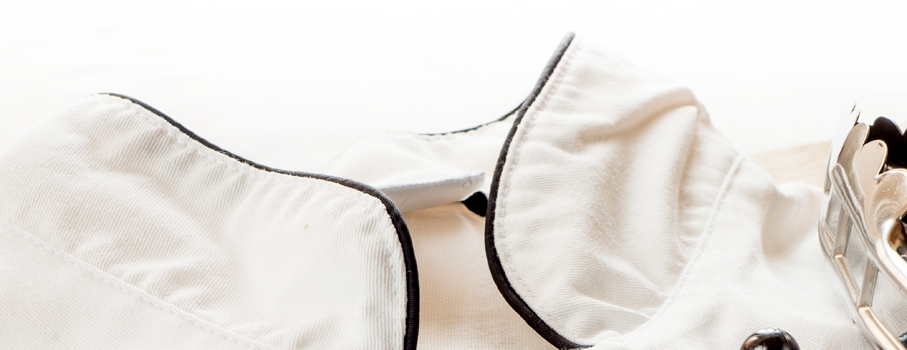
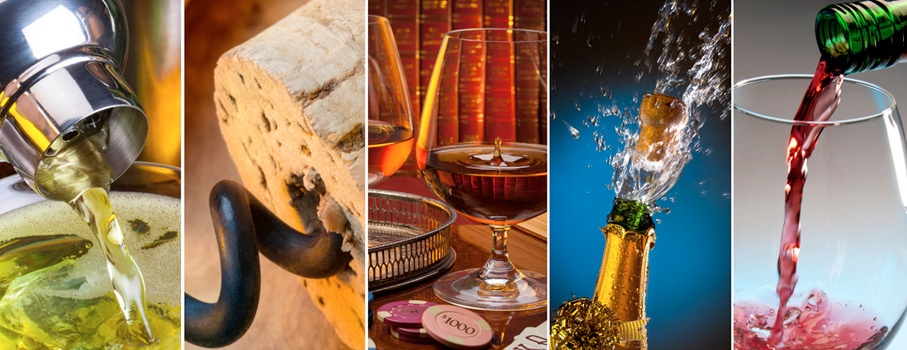
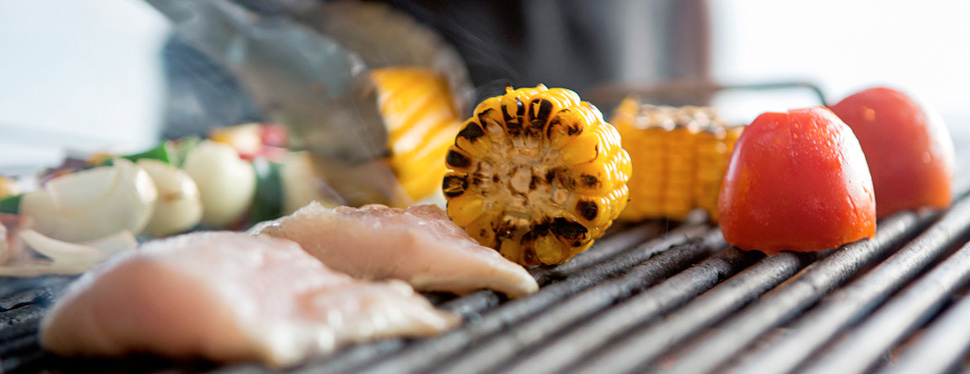

 IT
IT FR
FR
